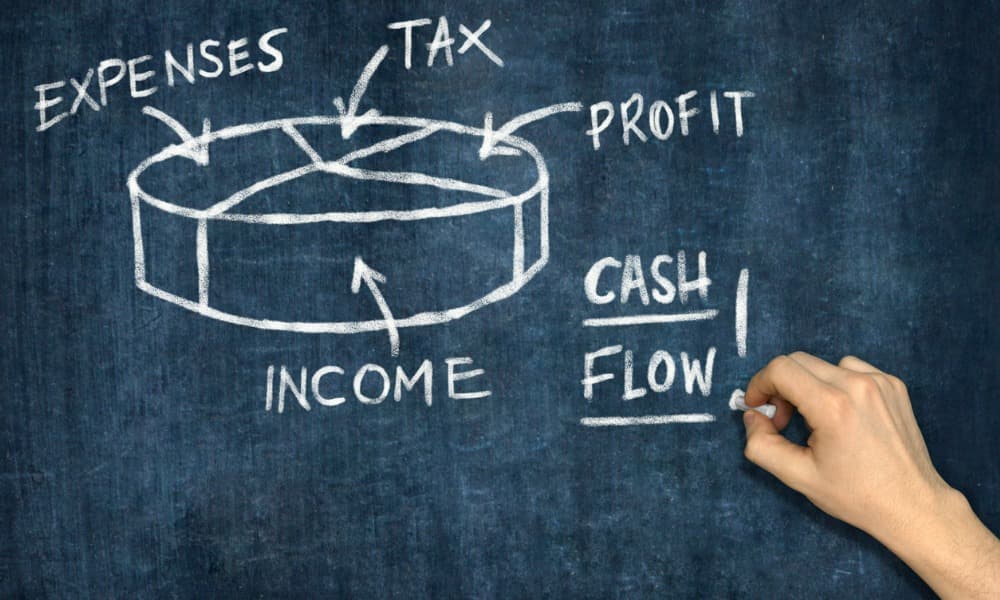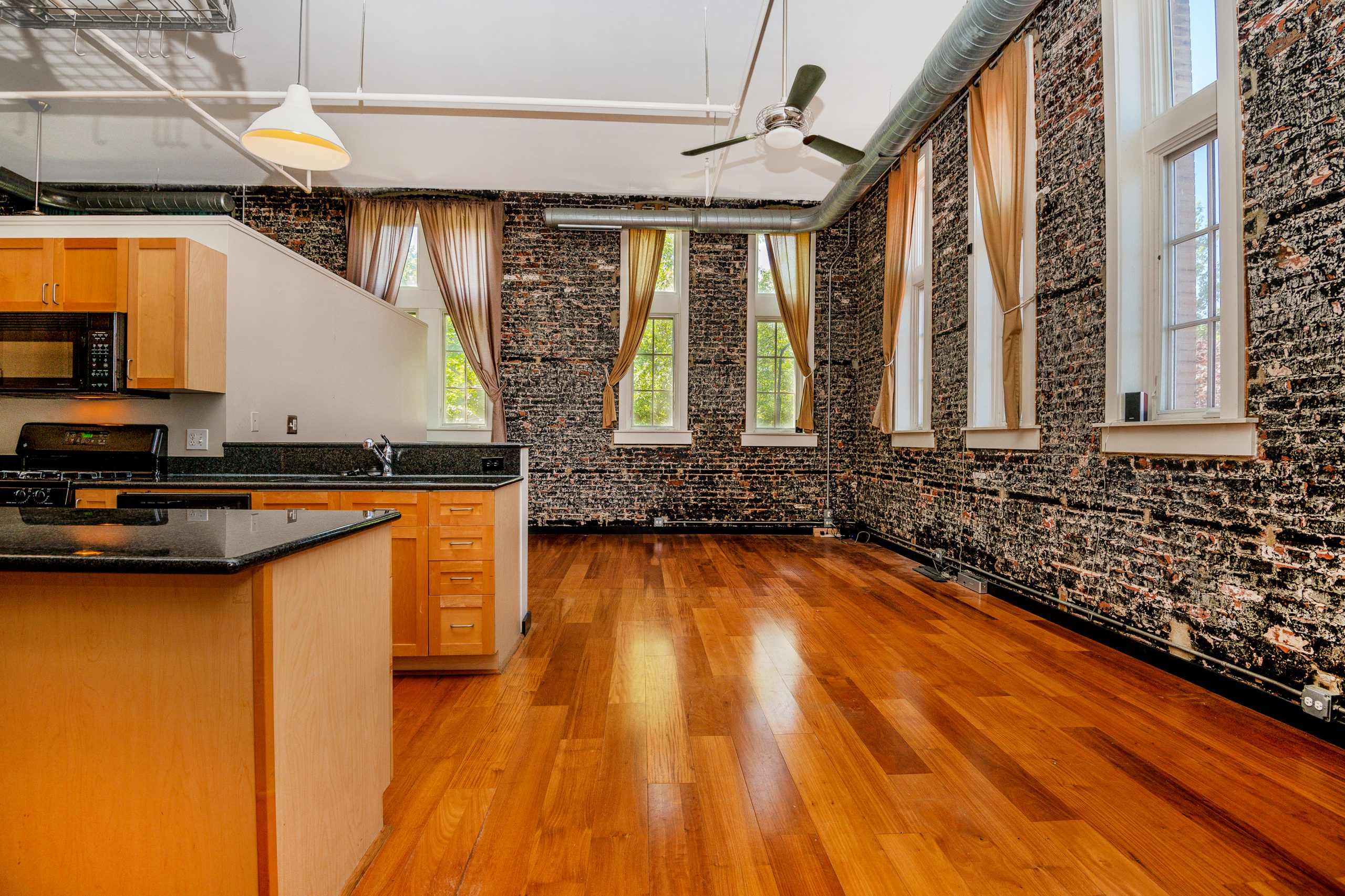Maryland is a fantastic place for investors who want to get in on one of our country’s hottest real estate residential markets. The D.C. metropolitan area is growing and thriving, and many of the neighborhoods in southern Maryland have become home to commuters working in the capital. One of the most popular and in-demand neighborhoods in this region is Chevy Chase.
Chevy Chase is a fantastic option for people looking to make smart residential real estate investments. Read on to learn more about this town and the benefits it can offer you and your tenants.
Current Market Trends
Chevy Chase is a very high-end town northwest of Washington, D.C. Right now, houses are going on the market at an average price of $1.5 million and are selling for well over asking price. In fact, the median home sale price in Chevy Chase as of this writing is $1.9 million and can range to almost $6 million.
Homes in Chevy Chase tend to list for a little more than $600 per square foot, putting the median house size around 2,500 square feet. They’re selling in about forty days, and although houses are selling for more than list price, it’s still a buyer’s market. This means there are currently more homes available on the market than there are people looking to buy homes.
Benefits of Investing Here
If you’re looking at investing in the D.C. area, you may wonder why you should consider Chevy Chase as an investment location. For one thing, you’ll be able to tap into the thriving job market of Washington, D.C. Bethesda also has a strong job market itself, being home to the popular video game company of the same name.
While this market does have a higher barrier to entry, this can actually work to your advantage. Higher housing prices mean you can charge more for rent, which can help to narrow your market to tenants in steady, high-income jobs. You may also be able to get a better return on your investment since renters are likely to have a higher budget.
Benefits of Living Here
If you’re going to sell living in Chevy Chase to tenants, you’ll need to know the benefits of the area yourself. Your tenants will never be left wondering what to do on a Friday or Saturday night in Chevy Chase. The area is filled with trendy eateries, classy cocktail bars, and piano lounges where you can take in some live music.
Chevy Chase is also home to an entertainment center that hosts concerts throughout the year. Residents can easily get to Friendship Heights, a shopping district that has been called the Rodeo Drive of the East Coast. And, if none of that strikes their fancy, your residents can always head over to D.C. for an evening out on the town.
Getting to D.C.
Residents of Chevy Chase have a number of options for getting into the heart of D.C. If they own a car, they can make the drive in less than half an hour. Chevy Chase is also fifteen or twenty minutes from the Smithsonian National Zoological Park and about fifteen minutes from the National Cathedral.
There are also a number of public transit options for people looking to get from Chevy Chase into D.C. A number of bus lines run between the two cities, or your tenants can hop on the nearby Red Line of the Metro to get into the city. From there, they can travel on the Metro to nearly anywhere around the capital.
How the Market Has Changed
We’ve seen the housing market fluctuate wildly over the last two years, so knowing how those changes have impacted Chevy Chase is important if you plan to buy property there. The housing market in this neighborhood hit a peak in May of last year, when homes were selling for just under $2 million. From there, they dropped until February of this year, although there were some spikes in August and November.
As of February, homes were listing for a little more than $1.4 million and selling for about $100,000 less than asking. List prices rose to nearly $1.65 million in March, and homes were selling for a little more than $1.5 million. And last month, we finally saw that demand flip and homes start selling for far more than list.
Apartment Costs
The other thing you need to know about before you invest in Chevy Chase is what you can expect to get for rent. Of course, how much you charge for rent will depend on the size of the home and the amenities offered. You’ll be able to get more for a single-family home or a large apartment with a lot of amenities than a smaller apartment with fewer perks.
In general, rent in Chevy Chase tends to range between $2,500 and $3,000 per month. That number has increased since last year as the demand in this area has gone up. Keep in mind that only about 3 percent of residents in Chevy Chase rent, so you’ll need to keep your pricing competitive.
Make Smart Residential Real Estate Investments
Investing in Chevy Chase, MD, can be a great way to tap into an affluent population of renters and get all the benefits of residential real estate in Washington, D.C. Your tenants will enjoy the fantastic culture Chevy Chase has to offer, and they can get to D.C. easily from this neighborhood. You’ll also be able to charge somewhat higher rent than you would in other areas thanks to the quality of the town.
If you’d like to learn more about making smart residential real estate investments, check out the rest of our site at Nomadic Real Estate. We provide leasing, management, sales, and most importantly, peace of mind. Check out our real estate sales services and discover our unique approach to property management.



































